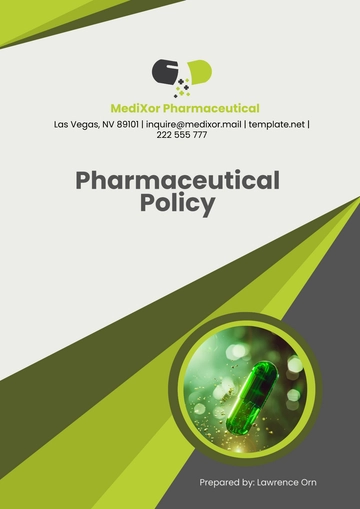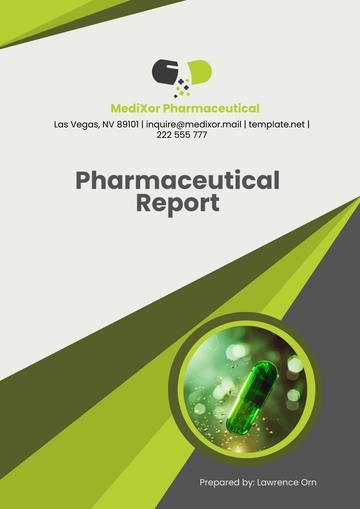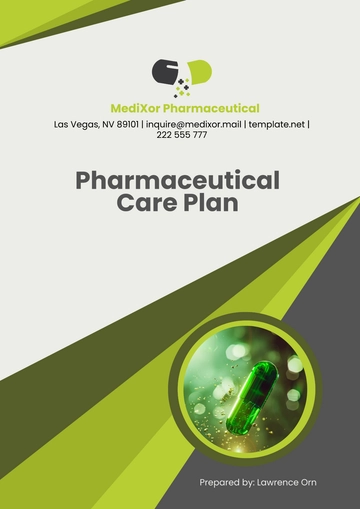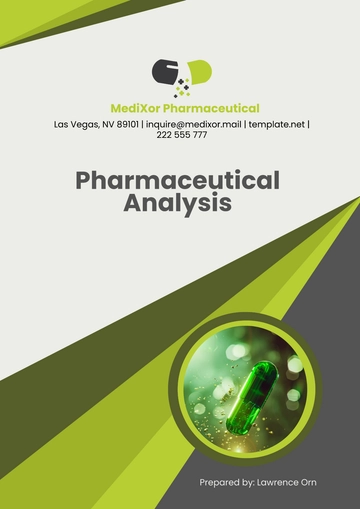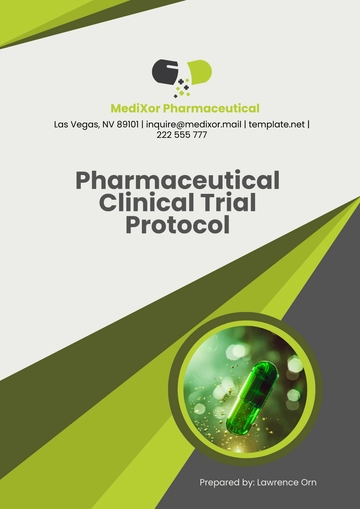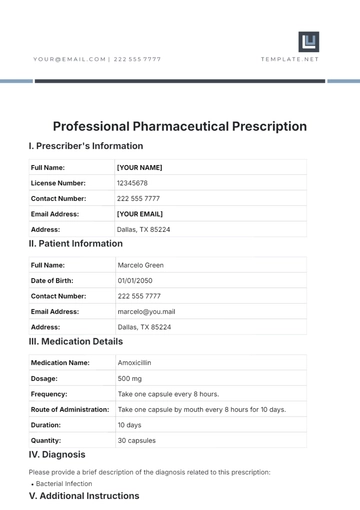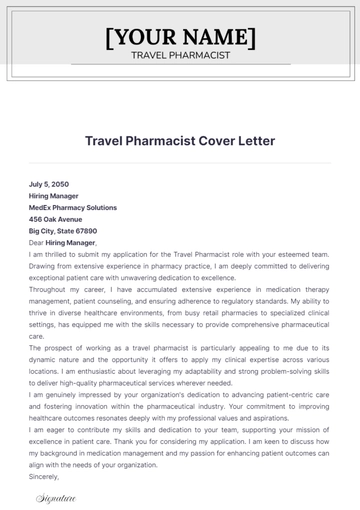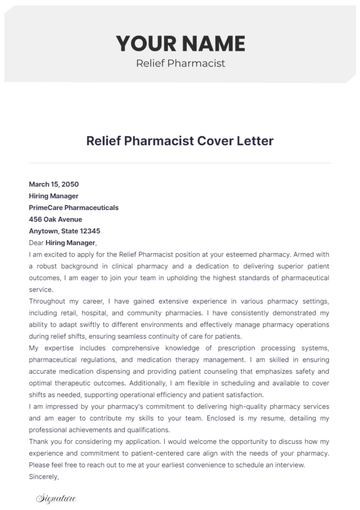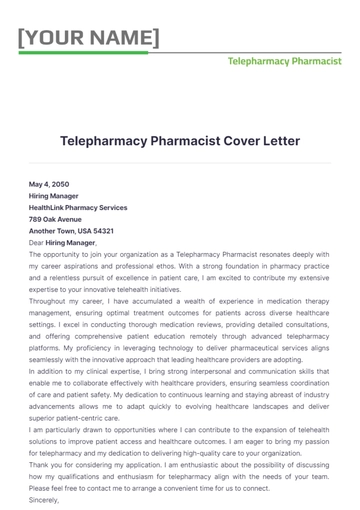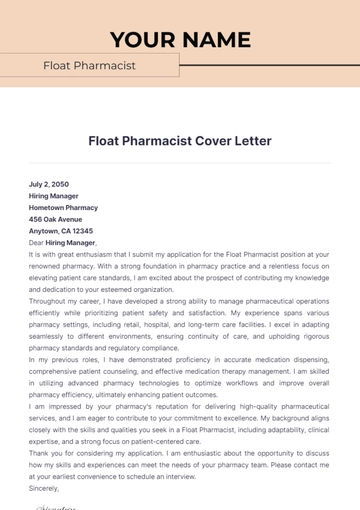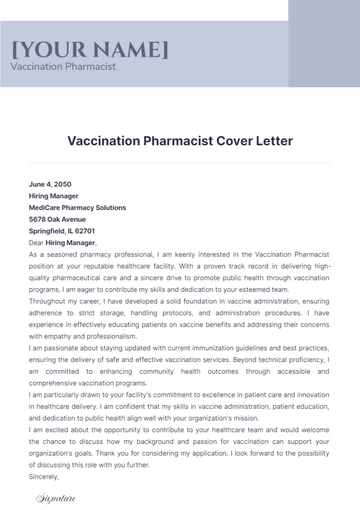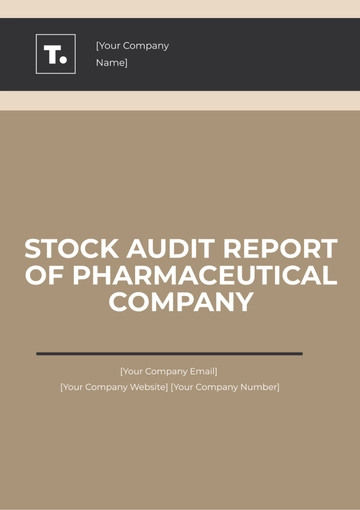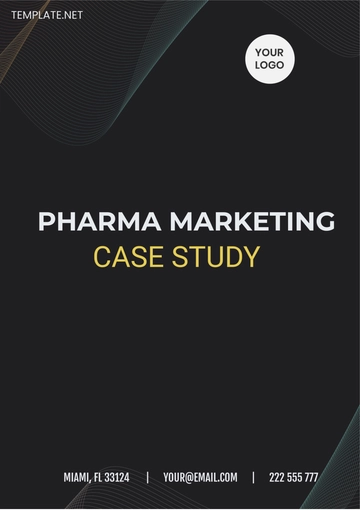Free Pharma Marketing Case Study
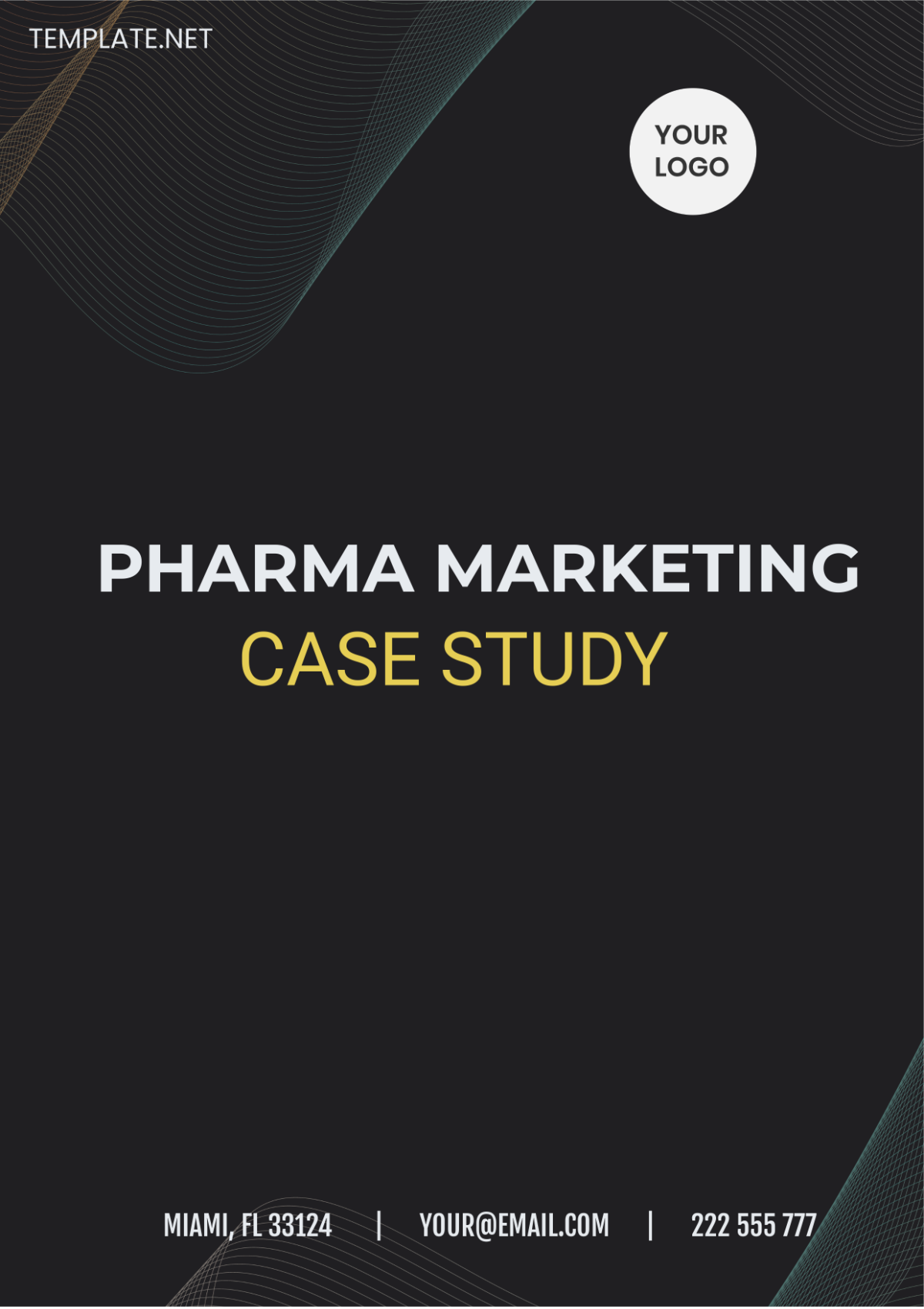
I. Introduction:
This case study delves into a detailed examination and analysis of marketing strategies employed by [Your Company Name] within the pharmaceutical industry. It highlights successful approaches, challenges faced, and outcomes achieved in promoting pharmaceutical products or services to healthcare professionals, patients, or other target audiences.
II. Company Background:
[Your Company Name] is a leading player in the pharmaceutical industry, known for its commitment to innovation and patient care. With a diverse portfolio of products spanning various therapeutic areas, the company aims to improve the lives of patients worldwide through cutting-edge research and development.
III. Marketing Objectives:
The primary marketing objectives for [Your Company Name] include:
Increasing awareness and adoption of key pharmaceutical products among healthcare professionals.
Educating patients and caregivers about the benefits and proper usage of medications.
Enhancing brand loyalty and market share within competitive therapeutic categories.
Adhering to regulatory compliance and ethical standards in all marketing initiatives.
IV. Marketing Strategies:
[Your Company Name] employs a range of strategies to achieve its marketing objectives, including:
Targeted Physician Engagement: Utilizing a dedicated sales force to engage healthcare professionals through one-on-one interactions, medical conferences, and educational seminars.
Multi-Channel Marketing: Leveraging digital channels, such as social media, email campaigns, and online educational resources, to reach both healthcare professionals and patients.
Disease Awareness Campaigns: Collaborating with patient advocacy groups and healthcare organizations to raise awareness about specific diseases and treatment options.
Thought Leadership Initiatives: Engaging key opinion leaders (KOLs) and medical experts to disseminate scientific knowledge and influence prescribing behaviors.
V. Challenges Faced:
Despite its successes, [Your Company Name] has encountered several challenges in its marketing efforts, including:
Regulatory Constraints: Navigating complex regulatory environments and compliance requirements, particularly in regions with stringent pharmaceutical marketing regulations.
Competitive Landscape: Facing competition from other pharmaceutical companies within the same therapeutic categories, requiring differentiation and innovation in marketing strategies.
Access Barriers: Overcoming access barriers in certain markets due to pricing, reimbursement, or distribution challenges.
Changing Healthcare Landscape: Adapting to evolving healthcare trends, such as the rise of telemedicine and value-based care, to ensure relevance and effectiveness in marketing approaches.
VI. Outcomes Achieved:
Despite these challenges, [Your Company Name] has achieved significant outcomes through its marketing efforts, including:
Increased Market Share: Demonstrated by positive sales growth and expansion within key therapeutic categories.
Improved Brand Awareness: Reflected in higher levels of brand recognition and recall among healthcare professionals and patients.
Enhanced Patient Education: Evidenced by improved medication adherence and patient satisfaction metrics.
Recognition and Awards: Received industry recognition for innovative marketing campaigns and contributions to patient care and education.
VII. Lesson Learned
[Your Company Name] has gleaned valuable lessons from its marketing experiences, positioning itself for future success in the pharmaceutical industry. By embracing adaptability, compliance, education, collaboration, and continuous improvement, the company can navigate challenges, capitalize on opportunities, and drive positive outcomes for patients, healthcare professionals, and stakeholders alike.
VIII. Conclusion:
In conclusion, [Your Company Name] has demonstrated a commitment to excellence in pharmaceutical marketing, leveraging targeted strategies to achieve its objectives while navigating regulatory constraints and competitive challenges. By prioritizing education, engagement, and innovation, the company continues to make meaningful contributions to patient care and healthcare outcomes.
IX. Appendix
The appendix provides supplementary information to further support the analysis of [Your Company Name]'s marketing strategies, initiatives, and outcomes.
Additional Information:
Marketing Campaign Examples: Examples of successful marketing campaigns implemented by the company, including key objectives, strategies, and outcomes.
Regulatory Compliance Guidelines: Overview of regulatory compliance guidelines and standards followed by the company in its marketing practices.
Educational Materials: Samples of educational materials developed by the company for healthcare professionals and patients, showcasing the company's commitment to education and patient empowerment.
Collaboration Partners: List of key opinion leaders, patient advocacy groups, and healthcare organizations with whom the company collaborates to drive innovation and thought leadership.
Performance Metrics: Metrics used by the company to measure the effectiveness of its marketing efforts, including market share data, brand awareness metrics, and patient satisfaction scores.
Prepared By:
[YOUR NAME]
[YOUR POSITION]
[YOUR COMPANY NAME]
Contact Information:
[Your Company Email]
[Your Company Number]
[Your Company Website]
[Your Company Address]
- 100% Customizable, free editor
- Access 1 Million+ Templates, photo’s & graphics
- Download or share as a template
- Click and replace photos, graphics, text, backgrounds
- Resize, crop, AI write & more
- Access advanced editor
Introducing the Pharma Marketing Case Study Template, exclusively crafted by Template.net. Dive into the world of pharmaceuticals with ease using this editable and customizable solution. Tailor your case studies effortlessly to fit your brand's narrative. Plus, it's seamlessly editable in our AI Editor too, ensuring efficiency and precision in every detail. Elevate your marketing game today!
